
My Saturday “To-Do” list probably looks a lot like yours. Laundry, errands, and…buying groceries. Grocery shopping is a weekly activity at my house. Occasionally, it’s more than just grabbing what’s on my shopping list and tossing it into the cart. Sometimes, it’s a process that seems to require a decision tree to unlock the puzzle, “If this, then that.” Product packages carry a lot of information, but also provide all the right tools and clues including nutrient value and product attributes that help me decide if it’s right for my family.
As a registered dietitian at Tyson Foods, I’ve learned more about food regulations than I ever knew possible. This extra knowledge is a bonus to me as a consumer. It makes my weekly shopping trip a little easier and more enjoyable. Knowing the criteria for a label claim helps me make the best choices for my family. Isn’t that what we all want? Making choices we feel good about.
When you’re scanning products in the meat case or freezer case, you’re likely to see claims like “Organic,” “Natural,” or “No antibiotics.” If that’s when you start to wish for that decision tree, take a step back and review some key resources to help you understand what these claims mean and how they’re regulated.
All meat and poultry label claims are established and governed by the U.S. Department of Agriculture (USDA), specifically within the agency of Food Safety and Inspection Service (FSIS). FSIS is responsible for “ensuring the truthfulness and accuracy in labeling of meat and poultry products.” Before a product’s label can be approved, FSIS must evaluate and review claims for accuracy. Through federal regulations and premarket approvals, USDA determines what claims can (and cannot) be used on packages.
A few claims often seen on chicken products are defined below. These were taken directly from the USDA’S WEBSITE, so rest assured when you see these on labels, you’ll know with certainty what you’re putting into the cart:USDA organic
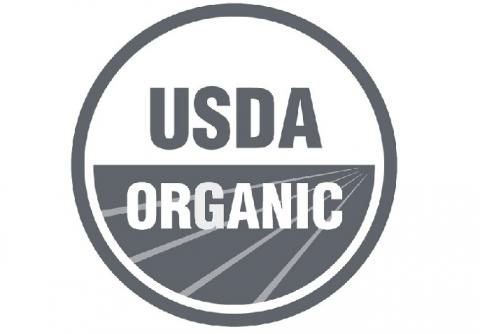
Organic
Organic standards for chicken include outdoor access for the birds and an organic diet including non-GMO feed. There are several types of organic claims, visit here to learn more. By definition, “’organic’ can be used to label any product that contains a minimum of 95% organic ingredients (excluding salt and water). Up to 5% of the ingredients may be nonorganic agricultural products that are not commercially available as organic and/or nonagricultural products that are on this National List.”
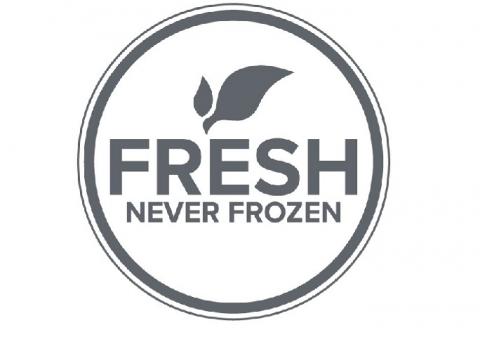
Fresh
By regulatory definition, this means poultry and cuts of poultry have never been below 26 °F (the temperature at which point poultry freezes).
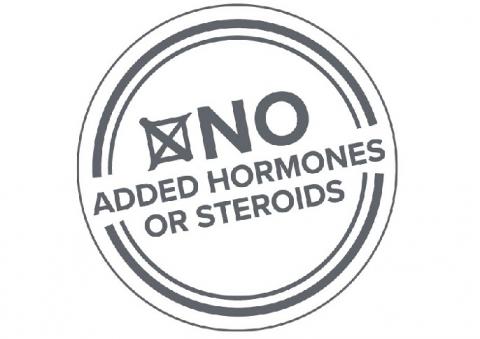
No Added Hormones/Steroids
USDA does not allow added hormones or steroids in raising pork or poultry (chicken and turkey). If you see this claim on pork or poultry labels, it must be followed by a statement that says, “Federal regulations prohibit the use of added hormones or steroids.” This is an important point that sometimes is overlooked: you should know that all pork and chicken sold in the U.S. are raised without added hormones or steroids.
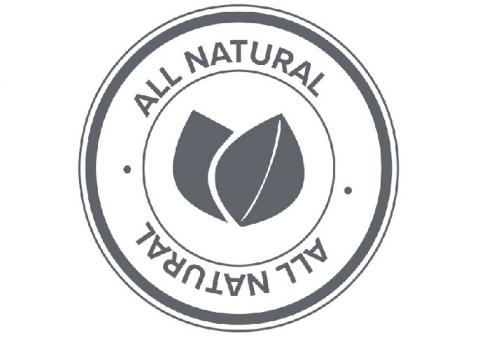
Natural or All Natural
Products with this claim can contain no artificial or added color and are only minimally processed, meaning the product was processed in a way that does not fundamentally alter it. The label also has to include a statement explaining the meaning of the term natural.
There are resources available online to help answer questions about packaging claims and what they mean for your chicken.
Visit CHICKEN CHECK IN or these USDA FOOD LABELING FACT SHEETS to help you take control of your grocery cart and create your own decision tree and unlock the mystery in this packaging puzzle!
Published September 19, 2018.
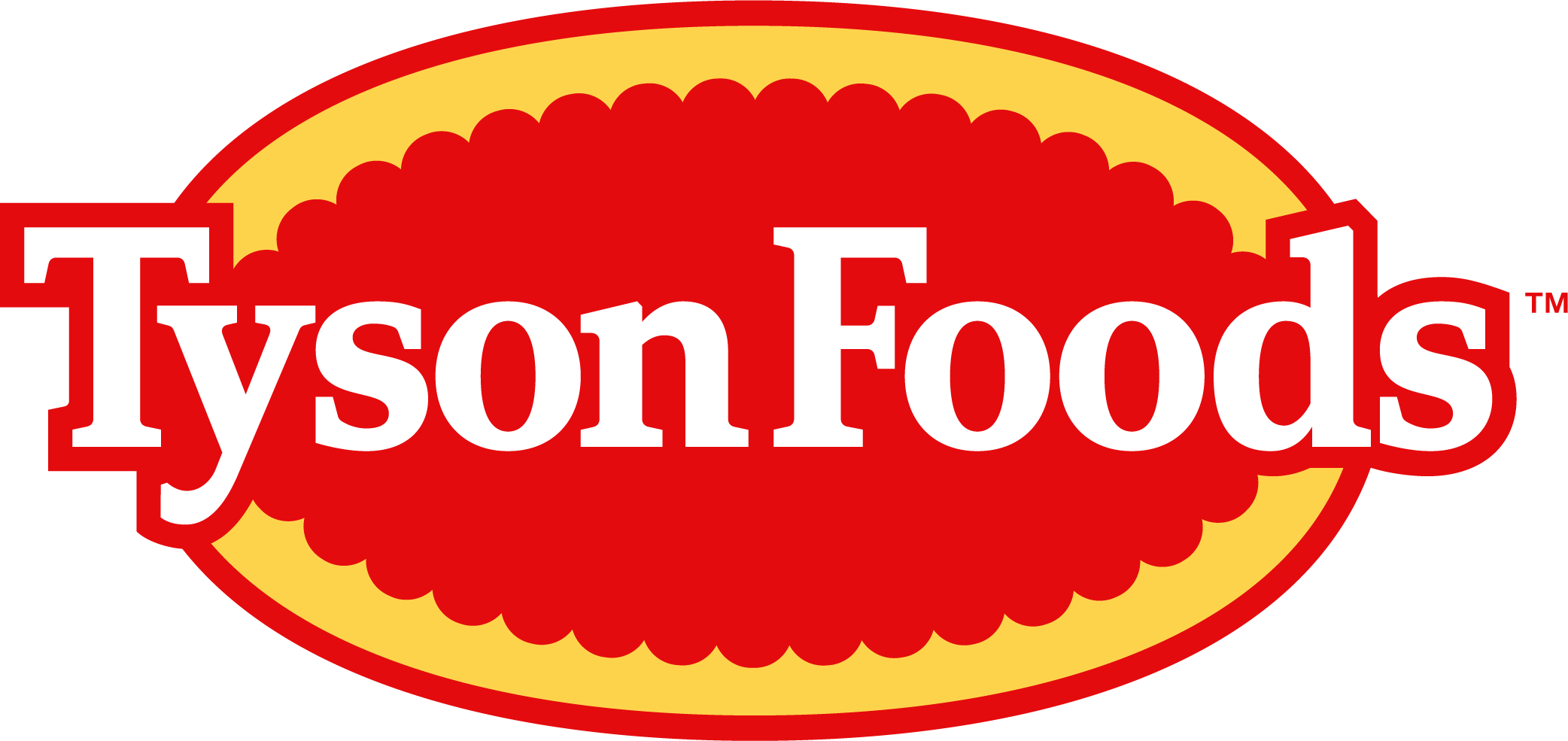





0 Comments
Leave A Comment